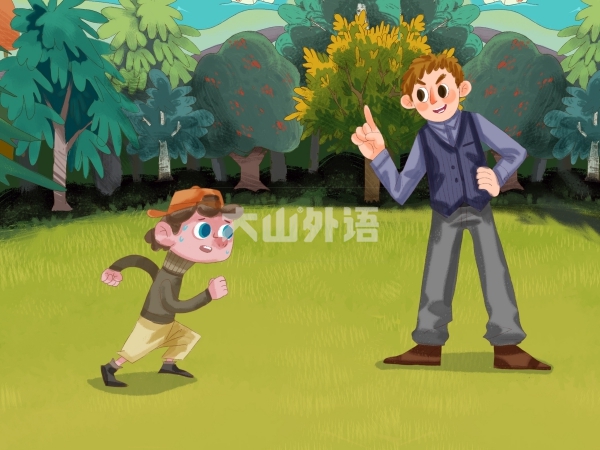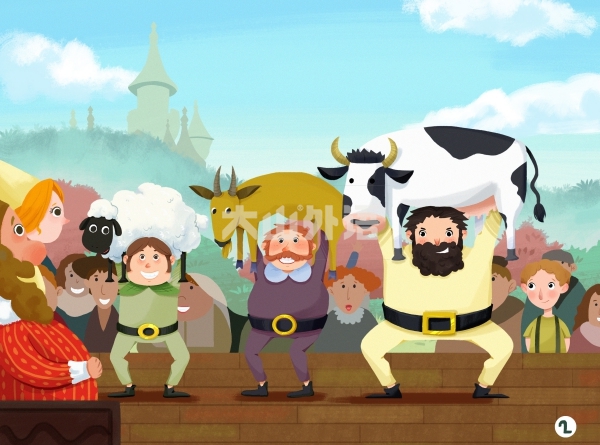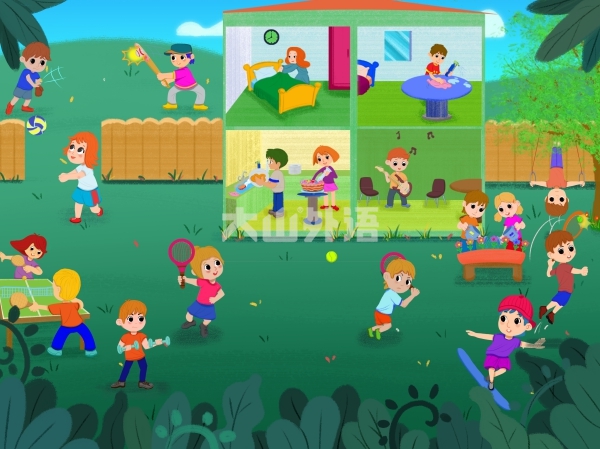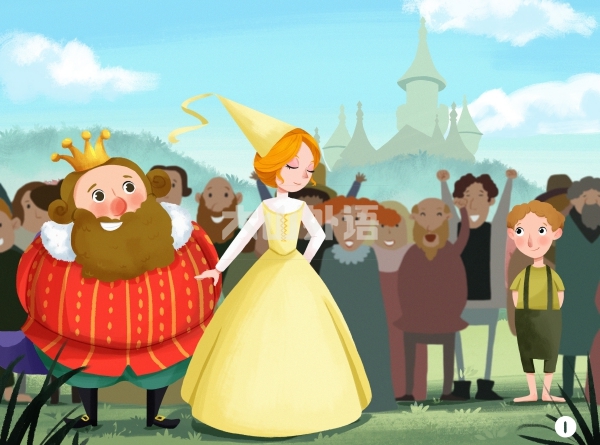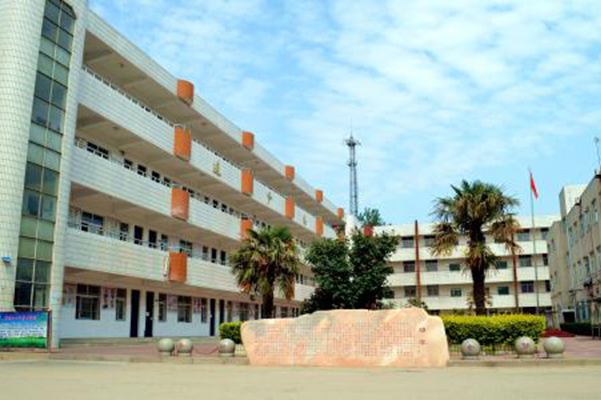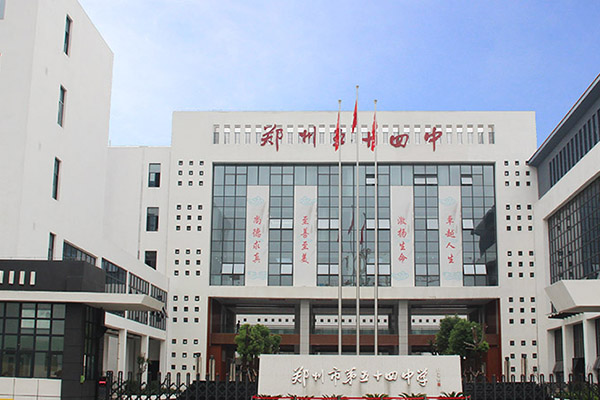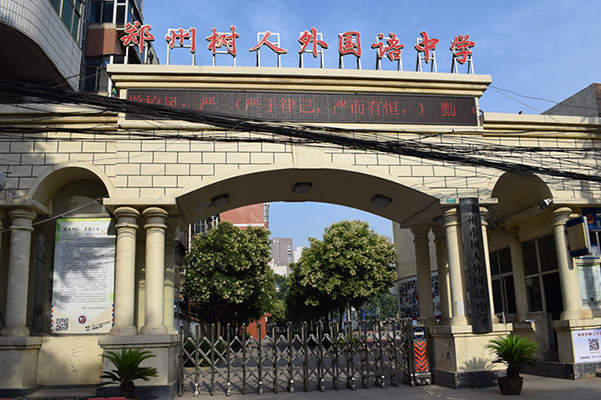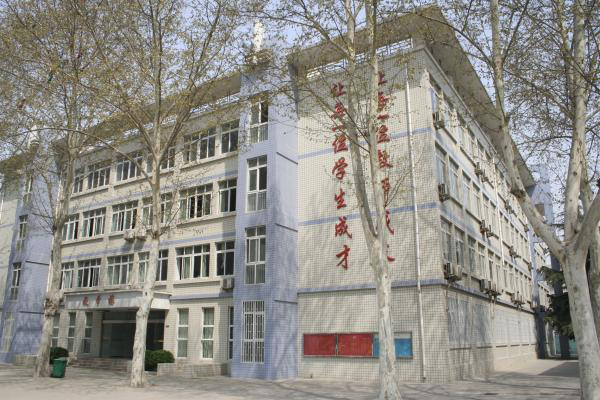一般疑问句是疑问句的一种。它一般只用Yes…(是)或No…(否)来回答的句子。朗读一般疑问句时用升调,而一般疑问句的简略答语则用降调。一般疑问句有两个家族。
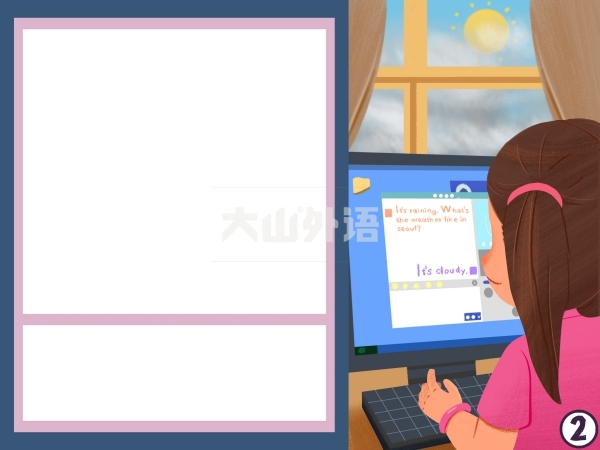
一、含be动词或情态动词的一般疑问句,其结构为:
be 动词+ 主语 + 其它部分?
情态动词 + 主语 + 动词原形 + 其它部分?
肯定回答用“Yes,主语+be\情态动词.”,否定回答用“No,主语+be\情态动词+not.”。be或情态动词和not可用缩写形式,主要有isn’t,aren’t,wasn’t,weren’t,can’t,mustn’t,needn’t等。
例句1.问句:Is this your English book?
肯定回答: Yes,it is.
否定回答: No,it isn’t.
例句2.问句: Are these your English books?
肯定回答: Yes,they are.
否定回答: No,they aren’t.
注意例句1和例句2,在回答时必须将this/that与these/those分别变为it和they。
二、含行为动词(或称为实义动词)的一般疑问句,其结构为:
助动词 + 主语 + 动词原形 + 其它?
肯定回答用“Yes, 主语+ do\does.”,否定回答用“No, 主语+do\does not.”。助动词也常用缩写形式,主要有don’t,doesn’t,didn’t等。
例句3.问句: Do your parents like English?
肯答: Yes,they do.
否答: No,they don’t.

